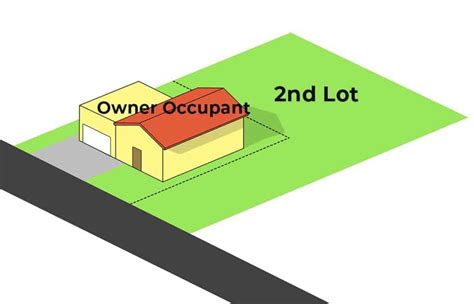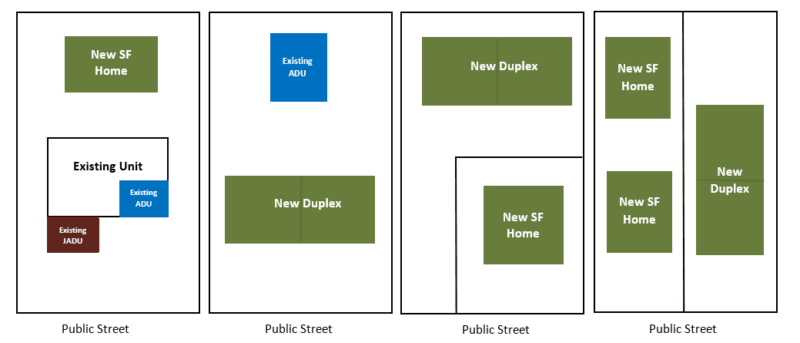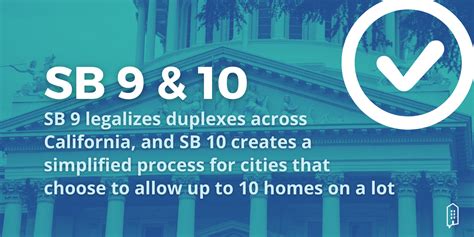Hey there, future land developers and savvy homeowners! Today we’re diving into the nitty-gritty of California’s Senate Bill 9 (SB-9), which is pretty much a game-changer if you’re looking to split your residential lot. This is vital intel if you’re planning to maximize the potential of your property in the Golden State, and who doesn’t want to do that, right?
What is SB-9?
Senate Bill 9 (SB9) is a piece of legislation that was signed into law in California in September 2021. The bill aims to address the housing crisis in the state by making it easier to build multi-unit housing in areas zoned for single-family homes. Specifically, the law allows property owners to subdivide their lots into two separate parcels and build up to four residential units on those parcels without going through the lengthy and often expensive rezoning process. The bill has been met with both praise and criticism. Supporters argue that it will help increase the housing supply, thereby making homes more affordable. Critics, however, worry that it could change the character of single-family neighborhoods and potentially lead to more real estate speculation.For someone in the real estate industry, this could be a game-changer in terms of residential sales and acquisitions. It might open up new opportunities for development and investment, but it’s also essential to understand the local sentiment towards such changes
What Qualifications Do You Need?
Let’s talk about qualifications. If you’re in California, you might be wondering if your lot is eligible for a split under SB-9. Here’s the rundown:
Property Zone
Your property must be zoned for residential use. That sounds obvious, but better safe than sorry.
Lot Size
SB-9 doesn’t specify a minimum lot size for eligibility, but local jurisdictions might have their own rules. Better check up on those.

Owner Occupancy
One of the units must be owner-occupied for at least 3 years after the lot is subdivided and the new units are built. This isn’t a get-rich-quick scheme; it’s for long-term planning.
Location
The lot should not be located within a historic district, coastal zone, or high fire hazard severity zone. Also, the lot should not contain a property listed on the California Register of Historic Resources.
Previous Uses
If the existing property was involved in recent tenant evictions, you might not be eligible. For example, if a tenant was evicted after March 15, 2020, you’d generally need to wait at least five years before applying for a lot split.
Other Local Regulations
Local jurisdictions can’t completely block lot splitting, but they do have some say in specific regulations, like setbacks and lot coverage. Make sure you’re up-to-date on your local laws.

The Approval Process
Once you believe your lot meets all these criteria, what’s next? You’ll submit an application to your local planning department. Usually, the process will involve:
- Initial Review: Ensuring your application is complete and complies with all requirements.
- Public Notice: Your neighbors will be informed, but their approval isn’t required. Still, keeping a good relationship with them is crucial, just sayin’.
- Approval/Denial: If all criteria are met, the lot split should be administratively approved without the need for a public hearing.
- Appeals: If you get denied, you usually have the right to appeal, but this can be a lengthy and expensive process.
There you have it, folks! If you’re thinking about taking advantage of SB-9, I hope this guide serves as a good starting point. And if you have more questions about how this could affect your residential real estate sales or acquisitions, you know who to call-

Nino Gaetano | The Gaetano Group
Happy Investing!
Disclaimer: This blog post is for informational purposes only and not for the purpose of providing legal or financial advice. You should contact your attorney and financial advisor to obtain advice with respect to any particular issue or problem.


Leave a Reply